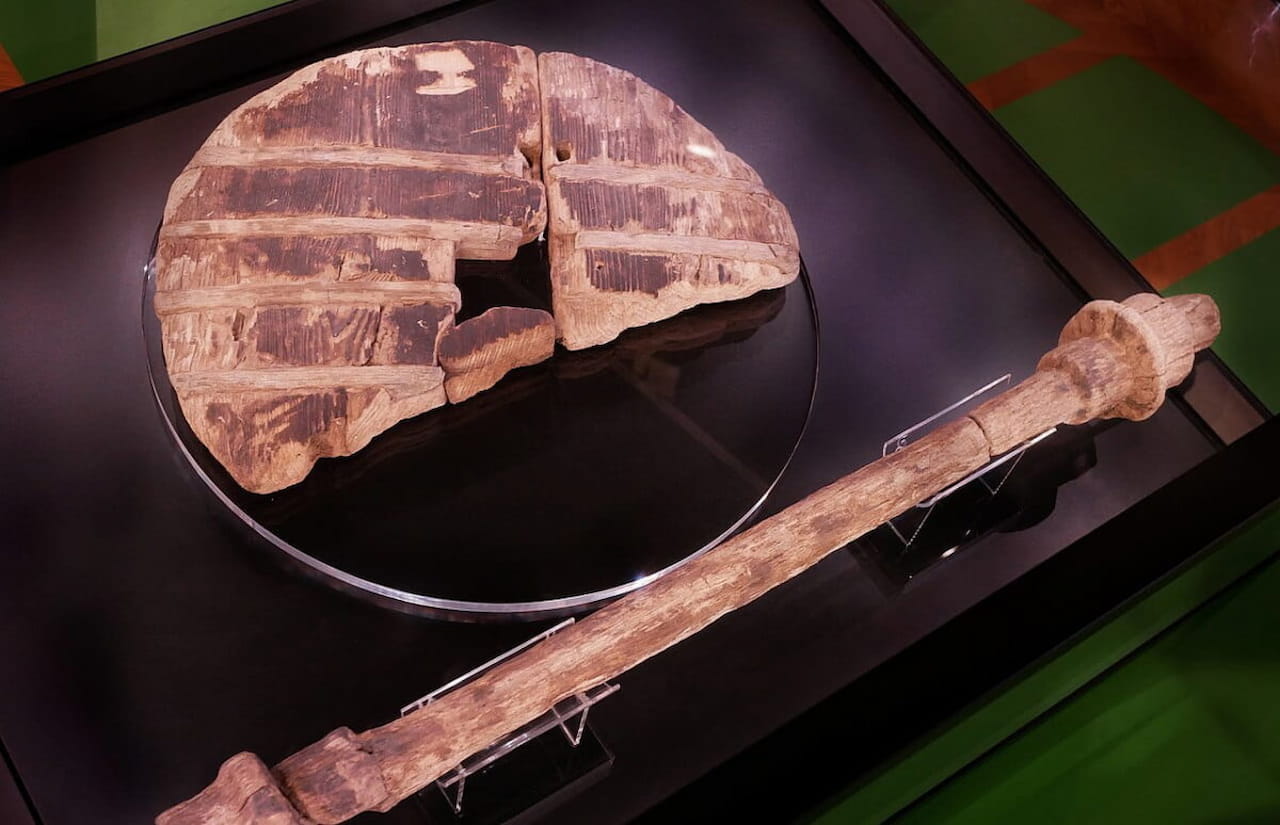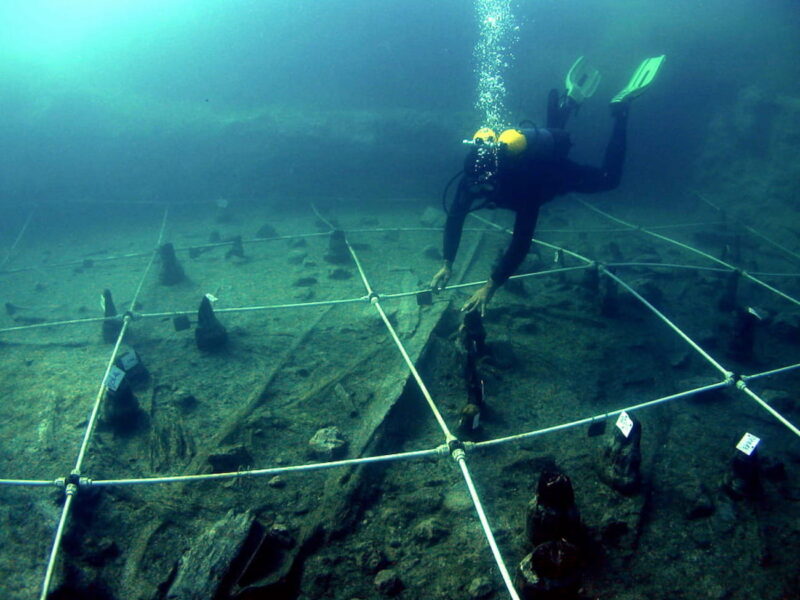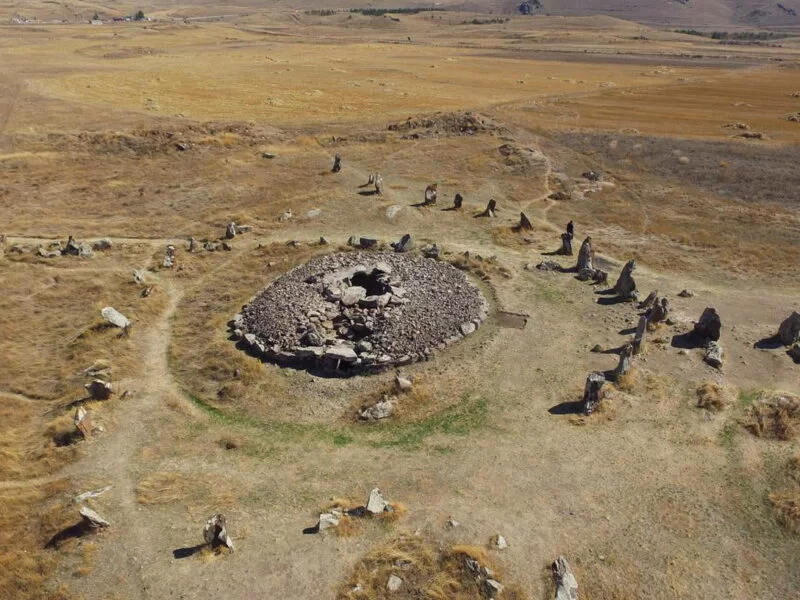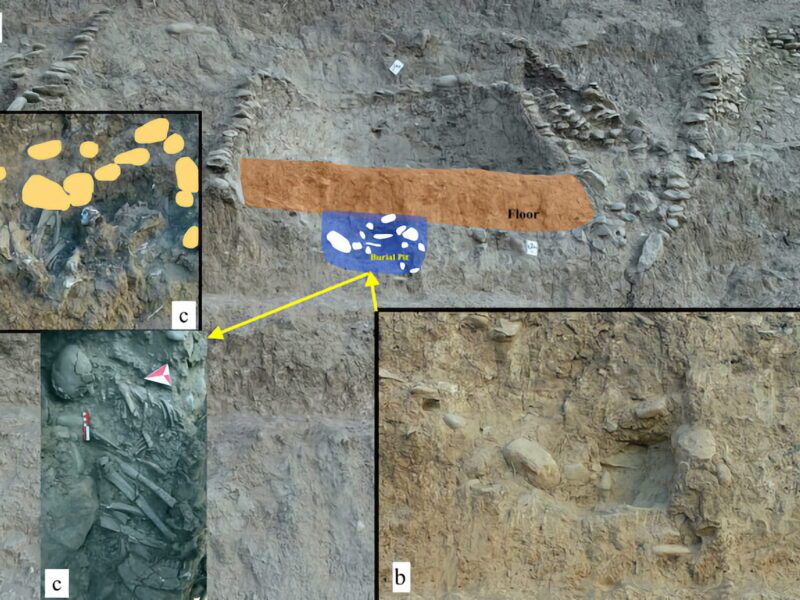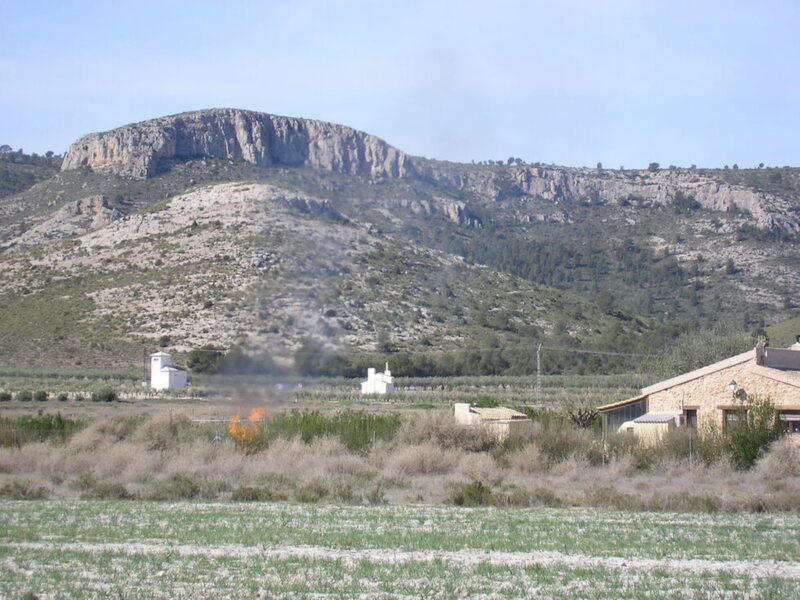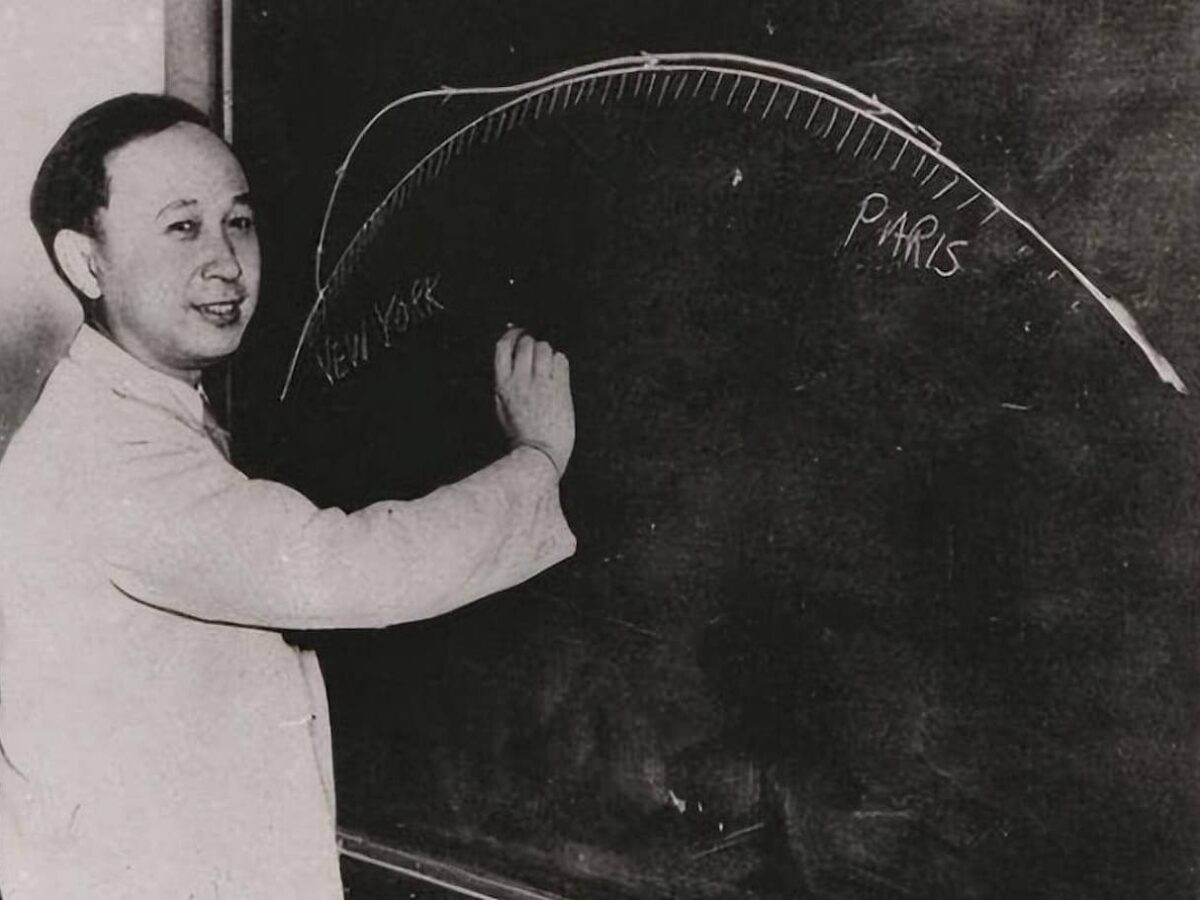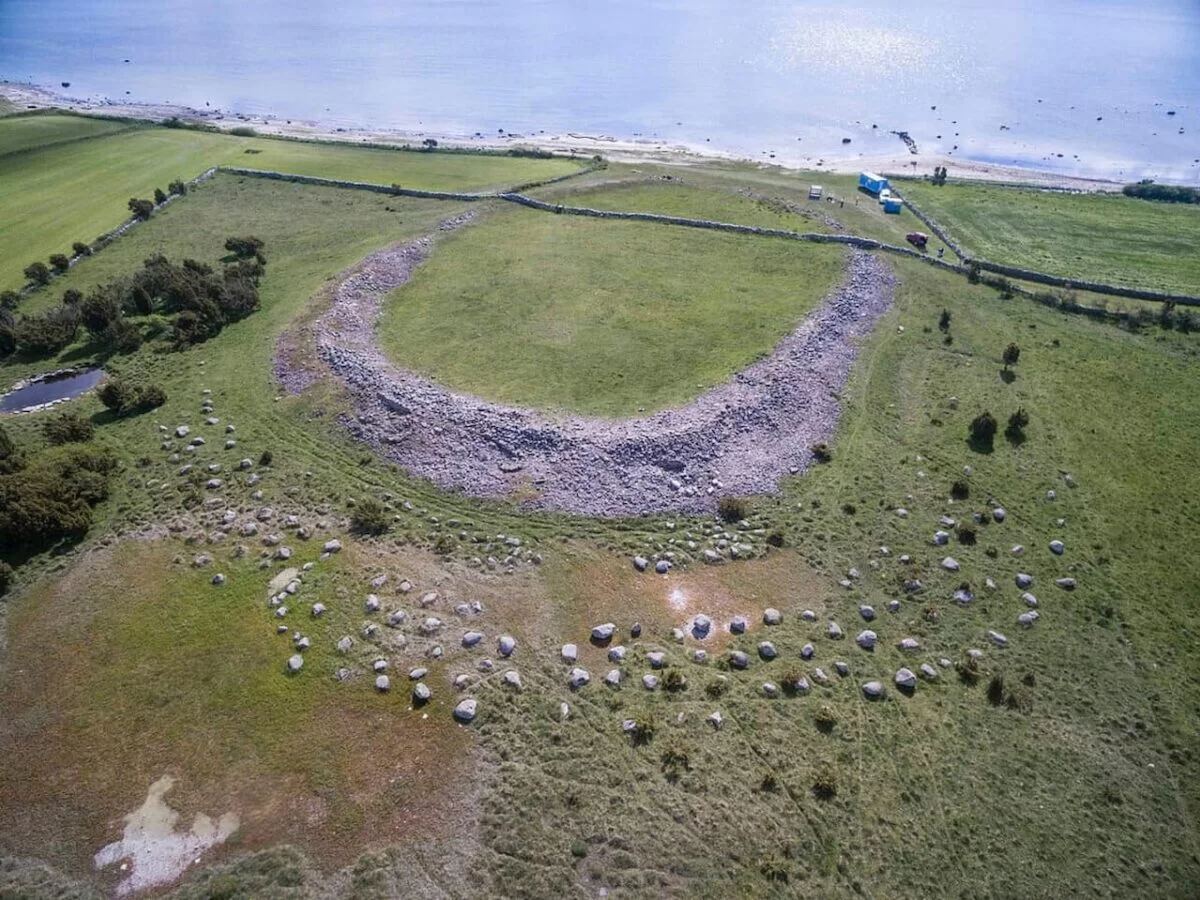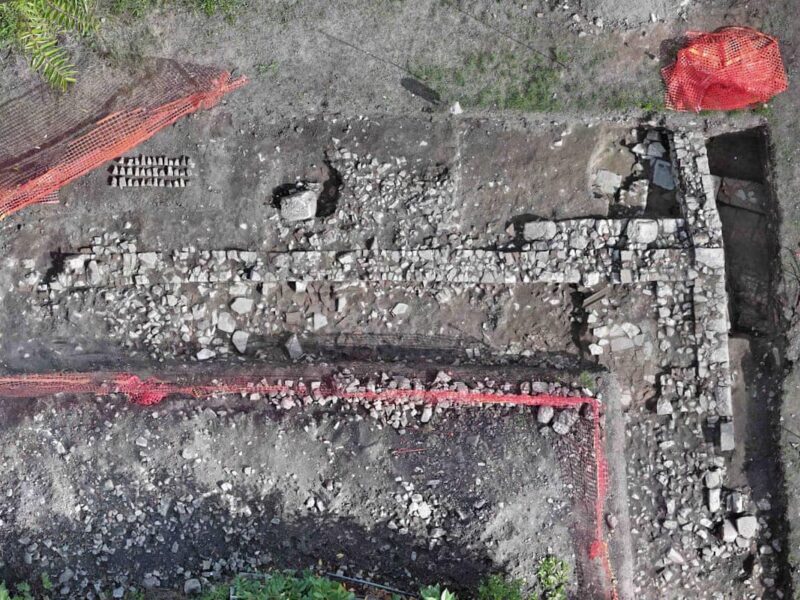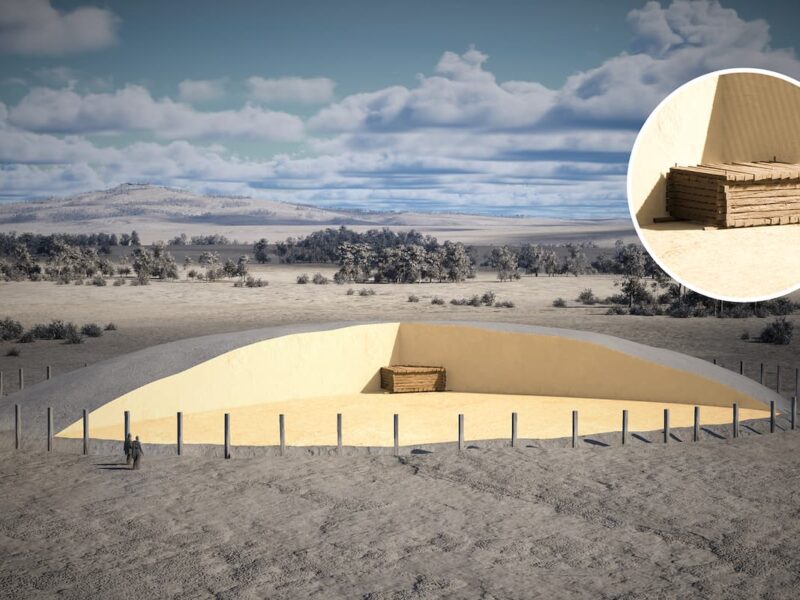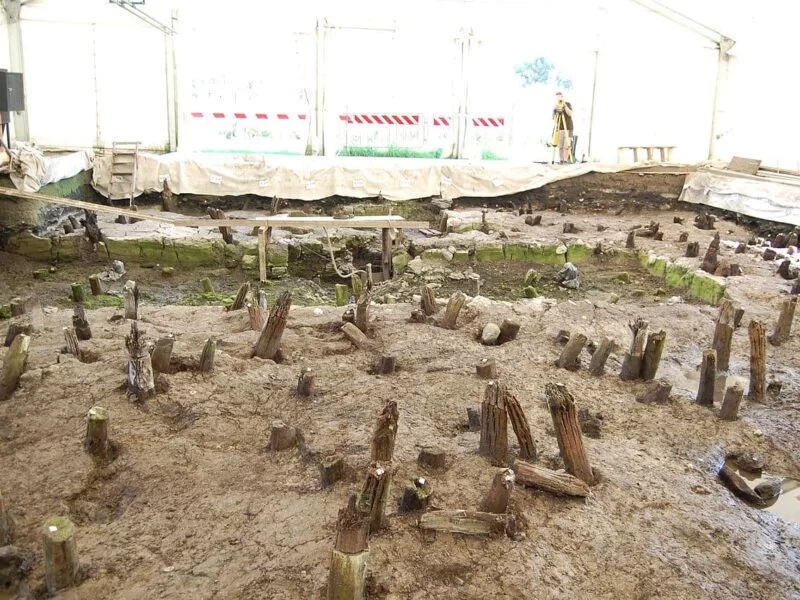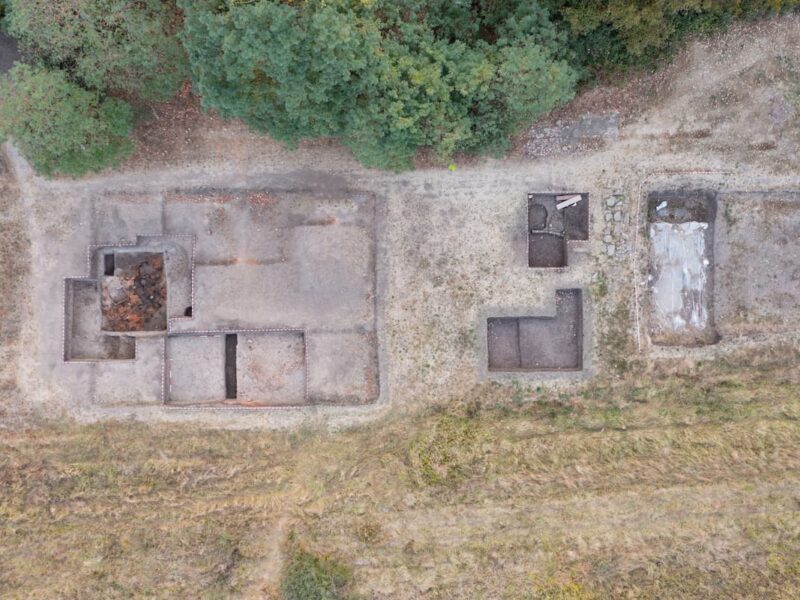A recent study published by a multidisciplinary team of researchers aims to solve one of humanity’s oldest mysteries: the origin of the wheel.
This invention, which revolutionized human development by changing the course of technological and social history, remains a subject of debate regarding where and how it was discovered.
Using advanced computational mechanical analysis techniques, the authors have proposed a new theory about the evolution of the wheel, tracing its origins to around 3900 B.C. in the Neolithic mines of the Carpathian Mountains.
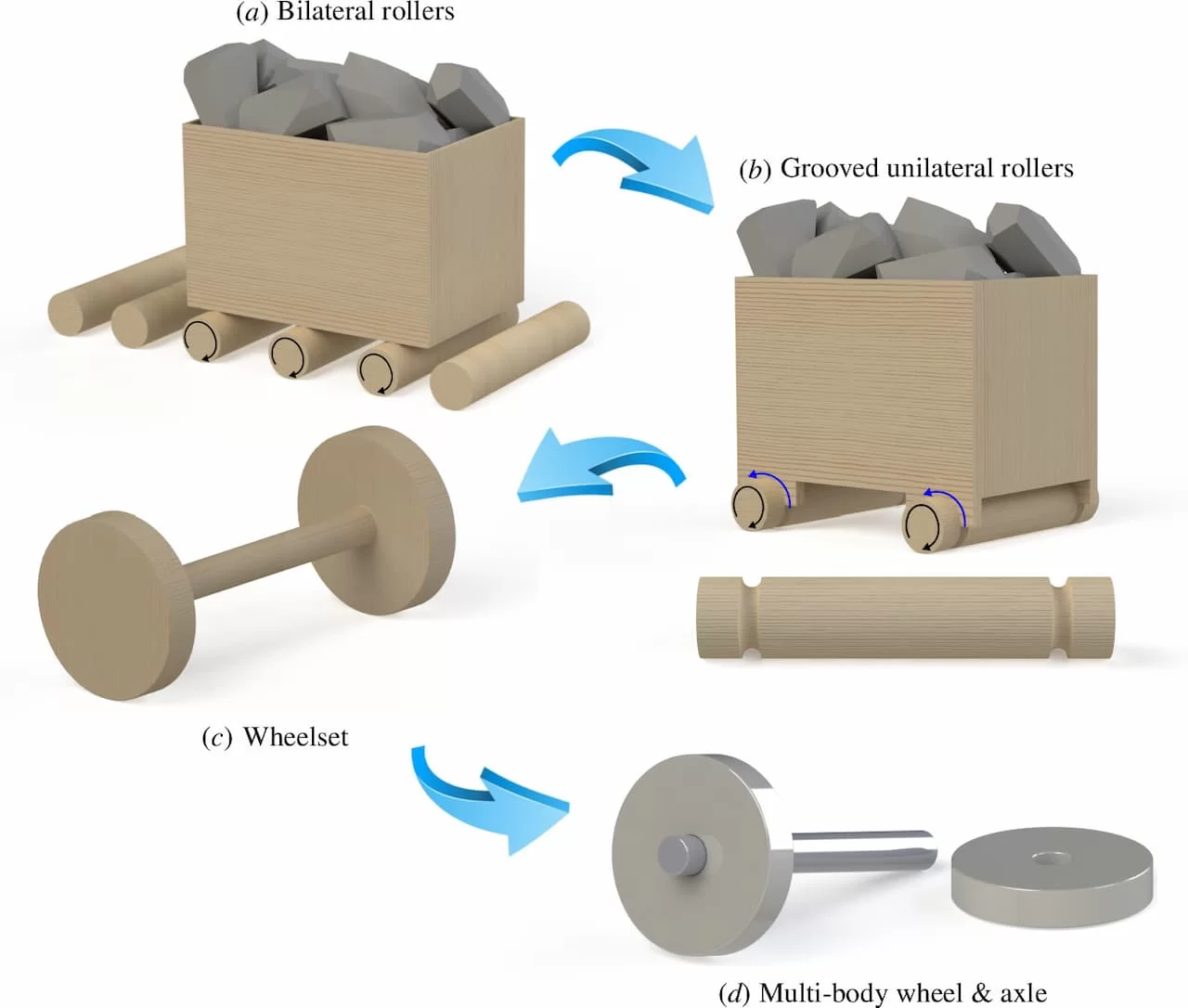
A Computational Approach to Solving a Millennia-Old Mystery
The wheel, often described as the most important mechanical invention of all time, has remained shrouded in mystery, with no clear consensus on the specific details of its invention. Although tools like carbon dating have provided approximate timeframes and identified potential civilizations involved in its development, no culture or group of people has been conclusively identified as responsible.
The team of researchers, composed of Lee R. Alacoque, Richard W. Bulliet, and Kai A. James, decided to tackle this problem by employing computational structural mechanics and computer-aided design to attempt to decipher this archaeological enigma.
Through physical models based on computational mechanics, the researchers simulated the elastic response and stress distribution of structures from ancient wheels found in archaeological records. This approach allowed for new insights into the exact function of wheels and their unique physical attributes, leading to a more detailed proposal of how the wheel may have evolved through a series of progressive innovations.

Three Phases of Technological Evolution
The study suggests that the wheel’s evolution may have occurred over three major innovations. The first phase involved the transition from “free rollers”, which were logs or unfixed cylinders placed under heavy objects to facilitate their movement. However, these free rollers had a significant drawback: they became useless after the object passed over them, requiring continuous redistribution along the path. This issue was particularly severe in narrow, deep mines, where repeatedly moving rollers was impractical.
The second key innovation was the use of unilateral rollers, an adaptation of the free roller concept. Instead of leaving the rollers behind, Neolithic miners would have developed a way to attach rollers directly to the object they were moving, in a type of rudimentary cart prototype. This development reduced friction, improved maneuverability in narrow passages, and allowed for the movement of heavy loads over longer distances without needing to reposition the rollers. Although this approach introduced some additional friction due to the interface between the roller and the object being moved, it was a significant advancement over the free roller system.
Finally, the third phase in the wheel’s evolution involved the introduction of grooves in the rollers, which eventually led to the concept of a central axle and wheel structure. These grooves allowed the rollers to align more efficiently and further reduced friction through the application of lubricants. Over time, the grooves expanded and became a central channel, giving rise to the first fixed-axle wheel design, a monumental shift in technological history.
One of the key tools used in this study was a computational design algorithm that allows for the gradual evolution of a wheel and axle system through a series of successive improvements. Based on topological optimization techniques, the algorithm automatically generates structural designs using a mathematical description of the mechanical function the system must fulfill. By simulating how wheels likely evolved thousands of years ago, the researchers were able to recreate how the design progressively adapted to improve performance.
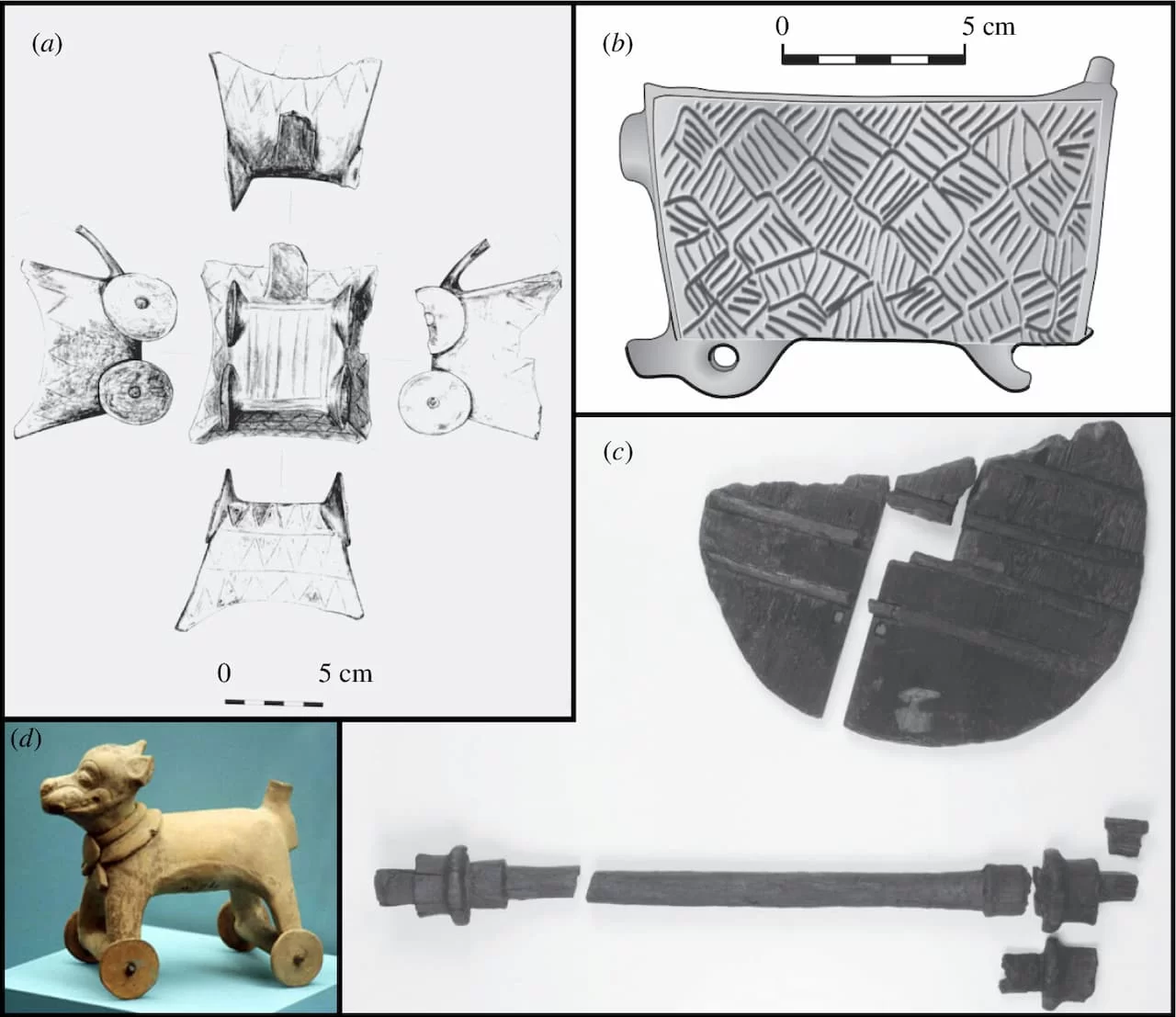
An innovative aspect of the work is the use of a contact-dependent design model that simulates the forces acting on the axle and how different designs interact with those forces. This approach allowed the researchers to understand how the earliest wheels likely benefited from the use of materials available in their environment, such as wood, and how the early inventors optimized their designs to maximize efficiency.
Archaeological and Cultural Evidence
The study also draws on recent archaeological discoveries. In particular, the researchers highlight that over 150 models of four-wheeled carts were unearthed in the Carpathian Mountains region, where Neolithic miners are known to have worked extracting copper. These clay models, carbon-dated to around 3600 B.C., represent some of the earliest known examples of wheeled transport. The authors of the study suggest that these artifacts, some of which appear to have been used as ceremonial cups, are symbolic representations of the early carts used to move minerals within the mines.
Additionally, the specific mining environment of the Carpathians appears to have played a crucial role in the wheel’s evolution. The need to transport large quantities of ore through narrow, winding tunnels drove these innovations, demonstrating how environmental context influences technological creation.
The study offers a new perspective on the origin of the wheel, suggesting that its invention was an evolutionary process rather than a singular event. Although the wheel may seem like a simple invention, its development was the result of a complex process that involved the interaction of technical innovation, the natural environment, and the social and economic needs of early civilizations.
SOURCES
Alacoque Lee R., Bulliet Richard W. and James Kai A. Reconstructing the invention of the wheel using computational structural analysis and design. R. Soc. Open Sci. doi.org/10.1098/rsos.240373
Discover more from LBV Magazine English Edition
Subscribe to get the latest posts sent to your email.

